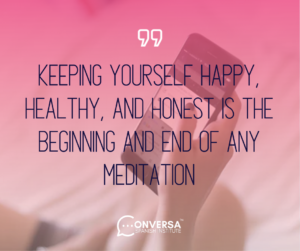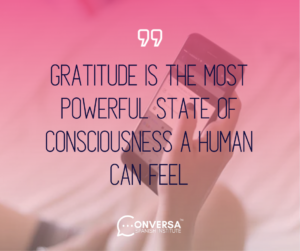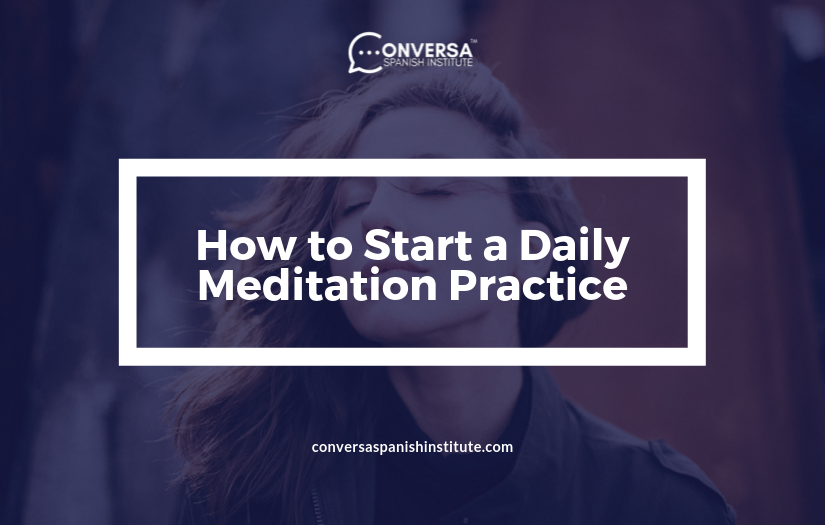Starting a daily meditation practice is one of the best ways to become more mindful and grounded while also reducing stress and anxiety. It can also help you train your brain to reach peak performance, which helps you boost your learning potential.
Even if you don’t meditate the typical way, creating a meditation habit can benefit you in numerous ways.
Many people think meditation is complicated or that their minds are so noisy that it’s impossible for them to keep calm and sit down to meditate. But meditation isn’t meant to feel restrictive. You have the ability to train and condition your mind, just as you do with your muscles when you work out.
Even if you’ve tried to meditate before, it’s worth trying again. Meditation can open a path to harvest more happiness, confidence, and focus in your life. It can also help your body feel better, and you might even find yourself learning new things, like speaking a second language.
Here’s how to build a daily meditation practice that feels right for you:
Be Honest with Yourself
Keeping yourself happy, healthy, and honest is the beginning and end of any meditation. It’s natural to get relaxed and reduce stress with a short and single meditation, but anyone who starts a daily practice also finds in this a break to be himself and know himself better, beside of the improvement of emotional health and mental performance in order to learn a new language or for any other purposes.

Set Time and Place
As with any healthy habit, setting a time and place that works for you is necessary. Remember that the idea is to create a habit that feels safe, allowing your mind and heart to know that this is a space that will improve both quality of life and capacity to learn.
Start with Breathing and Visualization
You don’t need to try to do extended or complex meditations, at least in the beginning. Any meditation style in the world focuses its basis on breath, alignment, and visualization. With these basic resources, you combine and train the mind, body, and breath to synchronize and work as one.
Use Other Tools
In order to find a style that fits better with you or just to vary the routine, you may look also for other meditative resources that you can even use to help you calm your mind before starting your formal practice. The next are the easiest tools to include:
- Pranayams: Specialized breathing techniques. Most of them are truly easy to do and may help you not just to relax but also to keep your mind alert. Examples: Alternated nostrils’ breathing and segmented breaths.
- Background music: Typically this is sounds of nature or Tibetan gongs, but you can also use more upbeat music if you’re doing active or dynamic meditations.
- Body stretching: Warming up or stretching a little bit also helps to wake up your mind while relaxing your body.
Practice Gratitude
Gratitude is the most powerful state of consciousness a human can feel. Give a pause at the end of the meditation just to thank yourself and God/Universe for this present moment and what happens to you. Gratitude has been proven to help boost self-esteem and allow you to see the world without toxic prejudices.

These are basic steps that most of beginners find easy to do. Just remember, your mind is a muscle, and in order to train it to do something, you have to be consistent. Listen to your heart and do what truly resonates with you as you embark on your journey to build a daily meditation practice.


 These are basic steps that most of beginners find easy to do. Just remember, your mind is a muscle, and in order to train it to do something, you have to be consistent. Listen to your heart and do what truly resonates with you as you embark on your journey to build a daily meditation practice.
These are basic steps that most of beginners find easy to do. Just remember, your mind is a muscle, and in order to train it to do something, you have to be consistent. Listen to your heart and do what truly resonates with you as you embark on your journey to build a daily meditation practice.